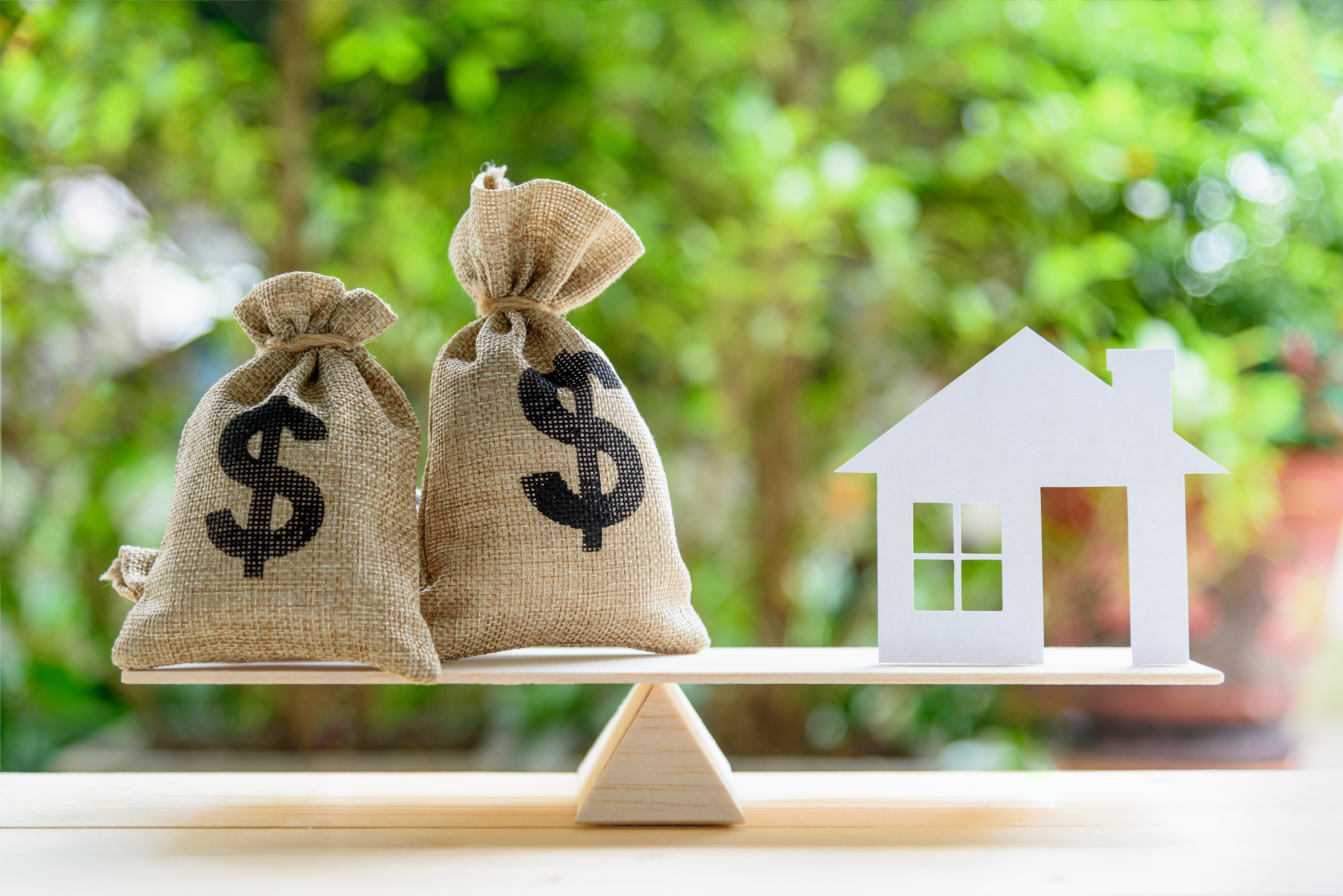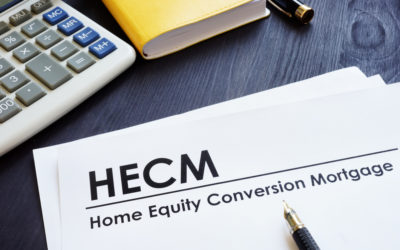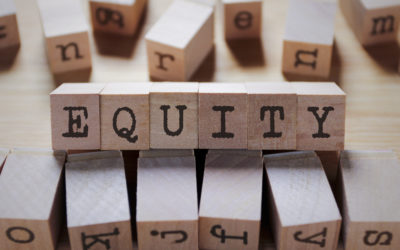The average property value in the United States has risen to almost $350,000 in 2022.
With home equity growing at these rates, reverse mortgage loans are a great source of funds for homeowners around the country. When it comes to home equity loans, two clear options stand out. These options are a HELOC and a reverse mortgage loan.
While both of these home equity loans are based on the value of your property, they do offer a unique solution to your funding needs. This is why it’s so important to evaluate your options before making a final decision.
Thinking about taking out a new home equity loan? You’ve found the right article. Here’s everything you need to know about the differences between a HELOC and an affordable reverse mortgage loan.
HELOC Loans
While a HELOC loan is based on your home’s equity, they work in a different way compared to standard home equity loans. This is because the HELOC works like a credit card that gives you access to the equity you have built up within your property. Here’s a quick look at everything you need to know about HELOCs.
What Is a HELOC Loan?
HELOC stands for home equity line of credit. This explains the concept of the loan, as it gives you a direct line of credit that’s based entirely on the equity you have in your home. Since the line of credit is linked to your home equity, you can still get a HELOC if you have a mortgage.
Most HELOCs come in two phases. The first phase is generally around 10 years and is known as the draw period. This period allows you to essentially draw from your available credit however you see fit. You can withdraw these funds electronically or get a checkbook connected directly to the account in question.
The drawing phase will still require you to pay monthly installments. This payment is generally quite low but is required to maintain the entire line of credit. Unlike a reverse mortgage loan, payments will commence on day one of your line of credit being activated.
Most lenders will set up a withdrawal phase of around 10 or 20 years. After this phase is complete, you will enter the payment phase. This phase requires you to pay back the funds without having access to additional funds within your line of credit. This phase requires you to pay the interest plus principal payments until your entire balance disappears.
Refinancing a HELOC Loan
Unlike other home equity loans, you don’t necessarily need to refinance your loan. Since the HELOC gives you access to the equity you have in your home, your credit limit can be raised to match the increased value of your home. This process can get complex if your new home valuation comes in lower than before.
Eligibility Requirements
In order to get a HELOC on your home, you need to have built up significant equity within the property. While your home does not need to be completely paid up, the more equity you have within the home, the bigger your credit limit will be. In most cases, lenders will allow you to get a credit limit of around 85% of your home’s equity.
Benefits of a HELOC Loan
A HELOC is a great way to get access to cash in an instant. This kind of credit does not give you complete access to your equity at once but rather lets you interact with the equity like a credit card. This withdrawal period can last 10 or 20 years, allowing you to interact with your home equity to enjoy your life to the fullest.
Drawbacks of a HELOC Loan
While the versatility of a HELOC is great, there are also serious financial implications to take into consideration. This is because a HELOC requires you to make interest payments from day one. In this way, your payments start immediately and will grow substantially once the withdrawal phase of the agreement is over.
Reverse Mortgage Loans
A reverse mortgage loan is a special financial loan that’s exclusive to seniors over the age of 62. This kind of mortgage can be taken on your property to allow homeowners to access the equity that they have built over the years. Here’s a quick look at everything you need to know about reverse mortgage loans.
What Is a Reverse Mortgage Loan?
A reverse mortgage loan is a financial loan that’s based on the equity you have in your home. Reverse mortgage lenders evaluate your home and allow you to essentially refinance the entire property. In this way, you can use the equity in any way you need to.
The most notable feature of a reverse mortgage is the fact that you don’t need to make regular payments every month. This is because interest is calculated and added to the loan amount over time. The total amount owing only needs to be paid when the home is sold or transferred.
This means that you can continue to live in your home during that time. Unlike other loans that require monthly payments, you will only have to pay to set things up at first. After that, you can enjoy the funds however you want.
There’s no limit to the cash that you get. This means that you can use the funds to pay off other debt, buy a car, or even go on a family holiday. The purpose of this kind of loan is to allow you to enjoy your hard work while you still can.
Refinancing a Reverse Mortgage Loan
Based on your age and the value of your home, you can gain access to your home’s equity through a reverse mortgage loan. If your home’s value increases, this also means that the equity portion increases as well. In this way, you can borrow even more from your home.
The refinancing process is incredibly simple with a reverse mortgage loan. This is because the process is incredibly similar to how you would refinance a normal, traditional mortgage.
Eligibility Requirements
In order to qualify for a reverse mortgage, you will need to be at least 62 years old. This is a federal requirement and is based entirely on the nature of the loan itself. Valuating your home is part of the application process, but most premium lenders will offer that service as well.
Benefits of a Reverse Mortgage Loan
A reverse mortgage loan is one of the simplest ways to withdraw the equity that you have built up in your home. While you could just sell your home to realize the financial gain, a reverse mortgage allows you to enjoy the proceeds while still staying in the home. In this way, you can get the best of both worlds.
One of the main ways that a reverse mortgage differs from a HELOC is the fact that you don’t need to make regular payments. The interest is calculated and added to the principal debt, but you only have to settle the balance when the home is transferred or sold. In this way, you don’t have to worry about payments every month.
Drawbacks of a Reverse Mortgage Loan
A reverse mortgage loan is a great way to access your home’s equity. While there are tons of positives, the one major concern to keep in mind is the possibility of the value of your home decreasing over time. In this way, you may not raise enough money from the sale to cover the loan that was given to you in the first place.
However, there are insurance policies that you can take out to help protect you against any credit shortfalls you may have in the future.
Comparing Home Equity Loans
It’s no secret that a home equity loan is one of the best ways to access funds quickly. As mentioned above, there are a few different home equity financial products on the market today. This is why it’s so important to do your research and compare your different options before making a final decision.
When comparing home equity loans, it’s important to absorb as much information as possible. While HELOC loans can act more like a credit card, a reverse mortgage loan is an incredibly affordable option that comes with no monthly payments. There is still interest to pay, but this is added to your loan and is only payable when the property gets transferred or sold.
This is why it’s important to find the right payment structure for you. If you want access to your home’s equity but don’t want to pay it back before the property gets transferred, the reverse mortgage loan is the perfect option for you.
The next core factor to compare is the interest rate that you are being charged on the loan. As with any loan, the interest rate is what determines how much the actual loan is going to cost you. While reverse mortgage loans come with a few initial fees, the interest rates are incredibly competitive compared to other kinds of loans.
Payment Terms
The best part about the reverse mortgage loan is the fact that you only need to pay back the loan when you sell the property. At that time, your home may have increased in value to cover the interest as well. While this depends on the individual property, real estate is often a great investment that naturally appreciates with inflation over time.
In this way, your home is bound to be worth more than it was valued at when you initially take out the loan.
How To Determine Your Homes Value
Whether you decide to go with an affordable reverse mortgage loan or a dynamic line of credit on your property, both of these options are dependent on your home’s property value. This is why valuating your home is an essential part of the process.
Independent home inspectors are the best way to find the accurate value of your home. These real estate professionals will look through the exterior and interior of your home to gain a good understanding of the state of your property. This information is then compiled into a report that is presented to you.
If your home has solar panels, built-in cupboards, or premium appliances, this is taken into account when determining your property value. The amount of land your property is on also matters, along with the current market rate in your area. Many home inspectors agree that your neighborhood is the single most influential aspect of your home’s value.
Making Repairs
In many cases, homeowners will use the first report to help make repairs around the house. The report can help guide homeowners to invest in the right places so that they can maximize the value of their homes. The inspection tends to highlight the most essential repairs at the top to help homeowners prioritize repairs.
Once you have completed the maintenance and repairs, you can then request a formal valuation. This valuation will note the repairs that you have recently completed, allowing the new value of your home to come in at a higher price. In this way, you can maximize your listed value and the amount of equity you have in the home.
Secure a Reverse Mortgage Loan Today
Reverse mortgage loans are a great way to get instant access to the equity that you have built up in your home. Unlike other loans, a reverse mortgage loan is an affordable option that does not require a monthly payment, allowing you to live your life to the fullest.
If you have any questions and want to learn more about the reverse mortgage loan process, be sure to take a look at GoodLife’s reverse mortgage guide. Ready to get started? Reach out to us to get your application going

 1-866-840-0279
1-866-840-0279


